
American cultural theorist and feminist scholar Sianne Ngai has been making strikingly original contributions to the fields of literary criticism and aesthetics since the start of the new millennium. Focusing on the complex ways that ambivalent emotions such as anxiety, envy, and disgust – as well as the ‘minor’ yet ubiquitous categories of the zany, cute, and interesting – inform late capitalist culture, Ngai’s penetrating and at times humorous work feels uncommonly generous at a deeply polarised moment when emotions run high and much theory and criticism has taken on an increasingly grave, moralising tone.
For instance, her most recent book, Theory of the Gimmick: Aesthetic Judgment and Capitalist Form (2020) explores across a remarkably broad range of works of art, film, and literature the “gimmick,” a simultaneously attractive and repulsive form that links the aesthetic to the economic. As she underscores in the following discussion, from “cheap tricks” to “sad marvels,” no other aesthetic form seems to elicit judgments about whether it is working too much or too little.
Ngai holds a PhD from Harvard University and has held teaching positions at Stanford University, University of California Los Angeles, and University of Chicago, where she has been a professor since 2017. Attending closely to the language that we use to speak about our aesthetic experiences, her work looks at aesthetic forms and judgments that develop in response to a world where, as she puts it, “contradictions are true.” In this conversation, which was conducted over Zoom, we discuss what it means to inhabit these contradictions as well as the scandalous suggestion that all art made under capitalism may, in fact, be a gimmick.
You’re in Germany right now. What are you up to there?
I came to give the Dagmar Westberg lectures at Goethe University in Frankfurt. An occasion like that obliges you to begin by saying something about Adorno, and so I drew on a quotation from An Introduction to Dialectics (2017), the lectures he gave to a broad audience there in 1958: “Any truly consistent dialectical thought can begin from what looks like the most obscure and ephemeral of phenomenon, and indeed this is often the best course to take, since it is precisely those things that have not yet been saturated by the official categories of thought which may lead us most readily into the concealed essence of the whole, far more than if we orient our thought instead of established or already approved categories.” I’ve taken this statement to heart, and especially its punchline: “everything is equally close to the centre.”
It’s the perfect segue into talking about your work, since so much of it has to do with unofficial categories of thinking and feeling, especially. Your first book, Ugly Feelings (2005) is an inquiry into negative affects linked to suspended agency: anxiety, irritation, and something you call “stuplimity,” an aesthetic experience that mixes astonishment and boredom and which you associate with the deliberate stagings of failure in the work of Samuel Beckett, among others. Failure seems to be a through line in your thinking, up to your recent book, Theory of the Gimmick, which deals with the compromised forms we call gimmicks. What’s behind this interest?
Well, I think there’s several things going on here. One is an observation about the historical objectivity of certain kinds of error, when these are based on appearances that have a firm basis in reality. In Capital [1867], Marx is interested in representing the reasoning of political economists, and often in ways that are so mimetic and immersive that we think that we’re hearing what Marx himself has to say – though, as we come to realise a few paragraphs later, he’s actually been ventriloquising the thought of one of the economists or utopian socialists he’s severely critiquing.
This technique of getting you to inhabit an error with him is formally or rhetorically fascinating. And it raises some interesting questions: Why do this? Isn’t it better to clearly identify what the wrong thinking is, so it can be clearly avoided ? Why are there these interesting moments in Capital where we have this slippery ventriloquism? It is telling that it happens across the entire text of Capital, which is described as a “critique of political economy!” So, what is critique, exactly, for Marx and why does it have to look this way? Any time you get a reader to inhabit error with you, you risk a kind of phenomenological expansion of that error. Why would you do that?
I think it has everything to do with the fact that Marx is interested in the way in which these are not errors that can be fixed in thought. The wrong ways of thinking that he’s interested in analysing are produced by a world that is wrong. So here an error is a problem in a world and not just a problem in thinking.

What kinds of errors? Can you give an example?
It seems common sense to describe the wage as payment for labour. But Marx argues that this is not what a wage is; it rather represents the average cost, in a given society with a specific standard of productivity, of reproducing the worker’s labour power. At the same time, a whole world unfolds by people acting as though the wage really is the “price of labour,” and so the error acquires a certain reality. In the end, I think Marx’s way of slyly making us re-enact a wrong way of thinking is a way of getting a reader to understand the incorrigibility of certain kinds of errors within the limits of a society that’s organised in a certain way. It’s only by changing that society that your way of thinking can be ‘fixed’. Everyday consciousness can’t be altered by better thinking alone.
This is remarkably similar to Hegel, who shows us, comically, in books like The Phenomenology of Spirit [1807] that the same mistakes are made again and again, but at a different level. Insofar as Marx and Hegel have influenced the way that I think about the world and about thinking, my preoccupation with failure has something to do with that.
Ugly Feelings addresses envy among female scholars as well as a kind of paranoia you associate with a feminist politics of form; in your book Our Aesthetic Categories: Zany, Cute, Interesting (2012), you also stress the gendered dimension of zaniness. More recently, in your reading of Helen DeWitt’s novel Lighting Rods (2011), you hint that feminisation is capitalism’s original gimmick. Can you say a bit about your ongoing dialogue with feminism?
The gendering of labour in all of its astonishingly wide-ranging and still relatively under-examined repercussions – for culture, aesthetics, and our collective psyches, as much as for economics, history, and politics – underpins or indirectly informs all the affective questions I’ve tackled in my books. In a way, feminised, unwaged reproductive labour ends up being the hidden undercurrent or even “surprise” of Theory of the Gimmick, given that book’s more explicit focus on capitalist forms like the wage.
Being introduced to literary criticism through feminist criticism – feminists are really rough on each other! – also gave me an appreciation of how frightening it can be to be a critic… or not! [laughs] For there is a sense in which writers like, say, Eve Sedgwick, Hortense Spillers, Ellen Rooney, and Lauren Berlant showed us how to be less fearful in how we think. In the 1990s, there was a sense that criticism was dangerous. Now it seems naïve to say that. But feminist criticism in the 90s had a fierceness and intensity – particularly noticeable in intra-feminist disputes – which was clearly linked to the sheer difficulty of the overall project of changing ways of thinking about gender. That said, change happens, and it did happen.
In what ways could criticism be more dangerous?
To be invested in a project that involves critical thinking still – and I say “still” because it feels like there’s been a noticeable abandonment of that project over the last two decades – involves identifying wrong ways of thinking. But as we’ve just been discussing, doing this will require you to learn, trace the steps of, and therefore inhabit that thinking. This is also risky, but in a way that one needs to embrace.

You’re interested in artworks that don’t compel us to act, that make us feel uncertain or equivocal. But you view the task of the critic as something different.
What does it mean to live in a world where contradictions are true, and what are the forms that develop in response to that fact? Malcolm Bull asks this question in his book on apocalyptic narratives, Seeing Things Hidden [2000]. I’m less interested in apocalyptic and tragic forms, however, and much more in comedic ones. Comedy is an equally powerful response to a world of true contradiction, as the longstanding theory of it as an experience of “incongruity” already suggests. One of the places where this comes across viscerally is in our aesthetic categories, which are often based on clashing feelings.
Our Aesthetic Categories puts forward the cute, the interesting, and the zany as specifically capitalist categories. Why are these categories especially useful, as opposed to the beautiful or the sublime, for example, for understanding our relationship to capitalism?
What I’m thinking of here are categories that do justice to the fact that we live in a world where pretty much everything made is made to be sold. By “we” I mean people who live in the Global North, wealthy capitalist societies. Everything around us is a commodity. We’re raised on a steady stream of advertising. It therefore stands to reason that most of the aesthetic experiences that come with this culture are going to be ones that are ambivalent and uncertain. The twist is that this doesn’t mean that our experiences are any less intense, or feel any less spontaneous than, say, the aesthetic experience of nature, or of art in another century. They are still aesthetic experiences.
So here we have a contradiction. On the one hand, the universalisation of commodity production introduces a new instability at the heart of the aesthetic experiences that are the most ubiquitous and meaningful to us. At the same time, aesthetic experience remains aesthetic experience, which means an affectively spontaneous perception of form – and one that strangely compels us to speak to others about these irreducibly subjective experiences as universal even as we understand that they are not. We know, but do not feel this, and the intensity of our feeling of conviction – which presides even in case of judgments like the merely interesting – ends up overriding logic, leading us to insist and even demand that others agree with us, or, more precisely, feel alongside or in accordance with us. Outrageous as this demand is from the position of logic, it is one whose urgency pushes us to become surprisingly artful or creative in the ways we articulate it, as Stanley Cavell argues.
So here we encounter a curious parallel. Just as capitalism produces errors that are going to be incorrigible as long as its social order based on the appropriation of unpaid labour continues to exist, aesthetics, you could say, has a sort of unavoidable “error” at its core. But one that discloses a truth that could not be arrived at any other way.

Throughout your work you emphasise that aesthetics is always bound to speech, that our aesthetic experiences cannot be separated from the ways we talk about them.
In a way, I am simply following Kant here. Aesthetic experience entails evaluation – they can’t be separated – and this is where things get interesting. Because this fact forces us into making claims for the universal validity of a judgment that is spontaneously triggered, not by something that we immediately understand or conceptualise, but by mere feeling. Still, we are compelled – and it really is a compulsion, a strange compulsion – to think that our affective judgment must be universally valid, and that others should therefore concur with it.
Now this is obviously ‘wrong’. We know that people find different things beautiful, cute, or interesting. We know that cuteness, interestingness, and beauty (etc.) are not objective properties of objects – but we cannot help but act and talk as if they were. So, every time we have an aesthetic experience, we’re making a judgment that is in some “technical” sense wrong – and that compels us in turn to speak to others in a peculiar way.
Kant’s point is not that this “error” needs to be fixed. What’s interesting to him is that it is universally unavoidable, and a philosophical crux revealed in our everyday speech. So, The Critique of Judgment [1790] unfolds by him asking: “What is our strange but also utterly ordinary way of speaking of beauty actually about?” What does it point to? It points to something kind of deep, which is that aesthetic experiences are not really about objects at all. [laughs] They’re actually about our affective relationship to other subjects. That’s what’s at stake in our vehemence surrounding what seem to be disagreements about aesthetic objects.
In saying this, Kant weirdly anticipates Bourdieu, who also argues – in a much darker way – that aesthetic judgments are ultimately not about objects, but about social hierarchies. Different as their emphases are – one lays stress on the idea of a “sensus communis,” the other, on class antagonism and invidious distinctions – in a way Kant and Bourdieu are saying the same thing. Of course, Bourdieu sees himself as the antithesis of Kant and as blowing Kant up. So it’s striking that we have two thinkers who couldn’t be more different from one another in some theoretical way making the same argument. This is an interesting link.
So what is the sociality, or the error, that we inhabit when we judge something to be cute, interesting, or zany?
The argument in that book for why these three particular categories are the ones most useful for thinking about aesthetic experience as a whole in our historical moment is because they index – that is, refer to, while also being material traces of – the activities that bind people around the world most closely together: production, circulation, and consumption. So the zany is a playful aesthetic that’s actually about the borderline between work and play, which explains why it is such a stressful aesthetic and not just a fun one. Similarly, our experience of the cute involves a fantasy about our relationship to the commodities we consume on an everyday basis – that these objects are appealingly unthreatening and powerless, when they actually control us. [laughs] The interesting is an aesthetic of not-yet-conceptualised difference that comes to fore in the circulation of information.
And then in Theory of the Gimmick there’s a kind of expansion. Here we are talking about an aesthetic category indexing the capitalist valorisation process as a whole, which depends on the unity of production, circulation, and consumption. So the gimmick isn’t just a missing fourth category, but something silently attending the other three. It is a form which always lies in wait, a potential that might be realised, in every made thing that our society produces.

You argue in that book that gimmicks – from stainless steel banana slicers to Google Glass and catchphrases – are miniature models of capital itself. What can these aesthetically impoverished forms, as you put it, tell us about the way capitalism works?
Well, the feature of the gimmick that is most important to single out is that gimmicks seem to be working too hard [laughs] – they’re noticeably straining to get our attention – and at the same time they seem to not be working enough – as in the case of the “cheap” trick or time-saving shortcut. The labour they encode seems simultaneously excessive and deficient, “too much” and “too little.”
So we have this uncertainty about labour – or how we quantify or measure labour – at the heart of this aesthetic perception. Notice how quickly we seem to be sliding into the economic here, which is a rare thing in the domain of aesthetics. There is in fact no other aesthetic form that requires us to immediately start using an economic vocabulary to discuss its specificity. The sheer oddness of this is worth lingering on: we’re registering an uncertainty about, say, the social validity of the labour encoded in an object, but in the medium of aesthetic experience. This uncertainty about labour is directly connected to an uncertainty about value; gimmicks are obviously things that seem wrongly valued: they’re overrated, inflated, overhyped. And so the gimmick is a kind of meta-judgment: an evaluation of an existing evaluation of an object as false, or one that contradicts or corrects it.
One of the many ways in which gimmicks are miniature models of capital is that they bind value to labour and to a temporal way of measuring both. The variables that the aesthetic judgment of the gimmick links together – value, labour, and time – are, of course, the essential metrics of capitalism. The gimmick stands out as the sole aesthetic category that links these metrics together, and in a way that points to something problematic about them.
The gimmick saves us labour, but it also intensifies our labour; the gimmick is cutting-edge, but it’s also obsolete; the gimmick is singular, but it’s also repeated ad nauseam; it’s both attractive and repulsive.
Yes. Another way to think about it is that the gimmick links extravagance to impoverishment. There are many ways in which this happens under capitalism, a system which generates enormous wealth along with poverty, but I’ll just single out one that cuts especially deep. There’s no way for a worker hired by capital to produce the necessary or minimum that she needs to reproduce her labour power without at the same time generating a surplus for the capitalist. That’s another way in which we see this motif of the deficient tied to the excessive: here the superfluous becomes a condition of necessity. These are the poles of the gimmick.

You devote a chapter in your latest book to the Norwegian photographer Torbjørn Rødland. What makes his work gimmicky?
Rødland likes devices. And one of the devices recurring across his photographs is that of a hand that enters the image from the outside, to fiddle with or manipulate something in the picture. The photographs seem to indicate that they need a trick, an assist, a “helper.” They are clearly interested in the contrivance – and the very ambiguity of this word, which can mean something neutral as well as something pejorative, points to one of the most interesting things about the gimmick, which is its ontological instability. What I mean by that is today’s tool can be tomorrow’s gimmick and vice-versa; one can flip into the other quite easily and we never quite know for certain which it will be. What is most interesting to me about Rødland’s photographs is that they take on the artistic risk of utilising the gimmick in an effort to reflect on the meaning of its compromised form.
Does all art need a gimmick?
That is interestingly one way of interpreting an argument that Stanley Cavell makes about modernism, which he somewhat eclectically defines as the moment in which art becomes fundamentally dependent on criticism. For Cavell, this “inverted” relationship between art and criticism ends up changing each in ways that he finds problematic. Criticism can no longer be critical; it is now the recipe for producing the artwork. So how can it have any traction on, or how can it exist in any tension with, the artwork that it has proscribed?
Similarly, now art needs criticism as a kind of crutch. In order for us to even respond to, say, post-atonal music, we need the help of a theoretical slogan or gloss. For this reason, Cavell argued that after modernism, all art comes under suspicion of fraudulence. He claims he means this not in a moralistic way. It’s just a historical shift in what our understanding of an artwork is (something that may or may not be meretricious). The artist Paul Chan says something similar – that we need art to train us in ways of not getting fooled, which art can provide only because it intrinsically can and does fool us.
Doesn’t this notion of the gimmick also risk lending a kind of critical cachet to dubious work?
The gimmick can be an object of fascination as much as irritation or repulsion, but I don’t think it ultimately helps make art prestigious. In cases where it seems to be doing so, we are actually dealing with something different: “baring the device.” [laughs] The judgment of the gimmick is ambivalent, yes, but it’s primarily negative; it names an experience of aesthetic dissatisfaction – one diagnosing a problem surrounding economic value – in which you’re implicitly saying: “I don’t buy what this thing is promising.” If you did buy into it, you wouldn’t have perceived it as a gimmick in the first place. The gimmick is thus the bad twin of Shklovsky’s or Brecht’s modernist device – that aesthetic in which calling attention to technique produces pleasure, and is seen as an illuminating or progressive gesture. The gimmick makes the same move, but it doesn’t convince us. Rather: “OK you’ve exposed your device, and it’s terrible! Cover that thing back up!” [laughs]
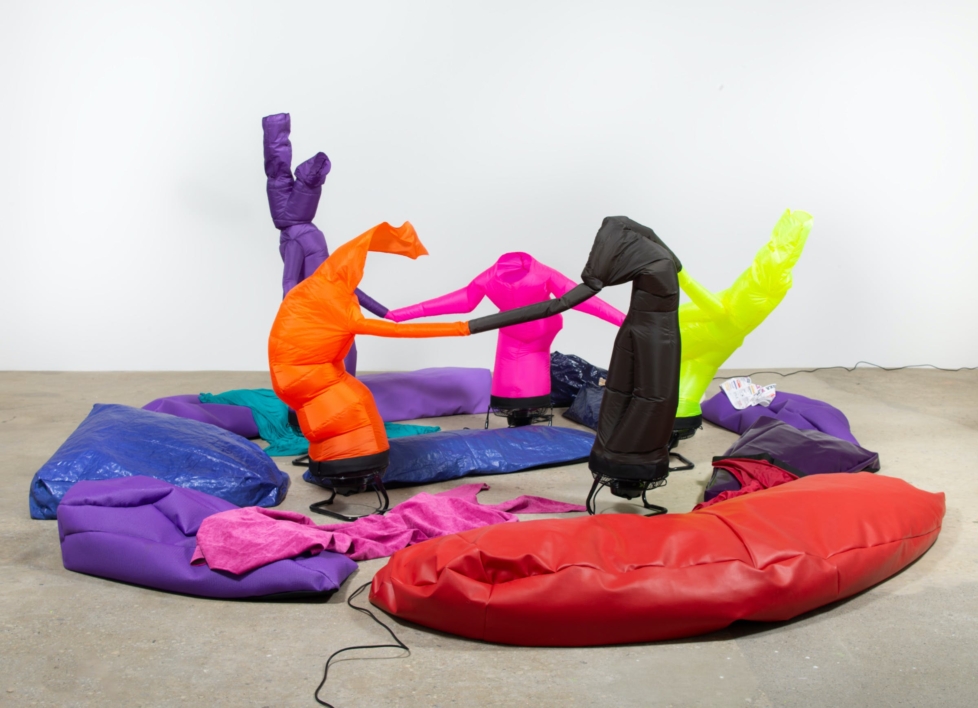
This is maybe related to something that you touch on in Our Aesthetic Categories in the section titled ‘Adorno’s cuteness’, that art has to reckon in some way with its failure, its powerlessness. You make a similar claim surrounding art’s weakness in Ugly Feelings: art is tolerated today precisely because it lacks social agency. Art that cannot be tolerated, what you call disgusting art, might on the other hand offer another set of artistic strategies, or critical possibilities. The broader implication seems to be that art will always exist in a compromised form under capitalism. Is that what the gimmick discloses?
Yes, that’s what the gimmick highlights – and it is a version of the basic uncertainty at the heart of the cute, the interesting, the zany, and all of the aesthetic experiences most central to contemporary capitalism. [laughs] The point is not to say that this uncertainty is bad or good, but to think about what it means. Again, the surprise is that it doesn’t result in experiences that are any less intense or spontaneous, or lacking in the conviction that all aesthetic experiences produce. All art made in capitalist society wavers between being a wonder and a trick. [laughs] The fact that you never know which one for sure – much in the same way as we never know whether the value of a produced commodity will be realised or not – that’s our fate.
Do complicity and criticality exist on the same continuum?
There’s a difference between art that is smart enough to acknowledge this ambiguity, and criticism which insists that it can know for sure which works are above it. I don’t think that’s honest. It’s worth noting here that for Freud and some of his best readers, such as Robert Pfaller and Lauren Berlant, ambivalence is not an act of simple bookkeeping, where you have some positive and some negative feelings about something, and take the balance of the two sums. Rather, the co-presence of clashing feelings about an object, positive and negative, always serves to intensify our attachment to that object.
If calling something a gimmick is to articulate a collective sense that something is wrong with how the world is currently structured – that we inhabit a “bad contemporaneity” which is based on the mismeasurement of wealth in the form of value – then where, ultimately, might such a judgment lead?
I’d like to say that it leads to revolution, but that’s obviously untrue. [laughs] I’m not sure where it leads! It is in any case striking that some understanding of what’s wrong about capitalism reaches so far down into our experiences of pleasure and displeasure, and the richly varied ways we speak about them to other people. Knowing this does not ruin aesthetic pleasure. It rather gives us newfound respect for what it can tell us, once we recognise just how complex, textured, and shot-through with displeasure, aesthetic pleasure can be.
The ubiquitous and utterly ordinary experience of the gimmick – and misgivings about value, labour, and time that its judgment registers – suggests that most people grasp capitalism’s contradictions without necessarily reading Marx. And I think that’s important. As blinkered and ideological as everyday thinking is, there are aspects of it that recognise certain truths. So I like to think of the judgment as encouraging us to flex our social imaginations more: visualising a world in which social wealth no longer needs to be expressed as “value,” and in which labour is no longer, to quote Moishe Postone, “our primary form of social mediation.” [laughs] That would be really great!
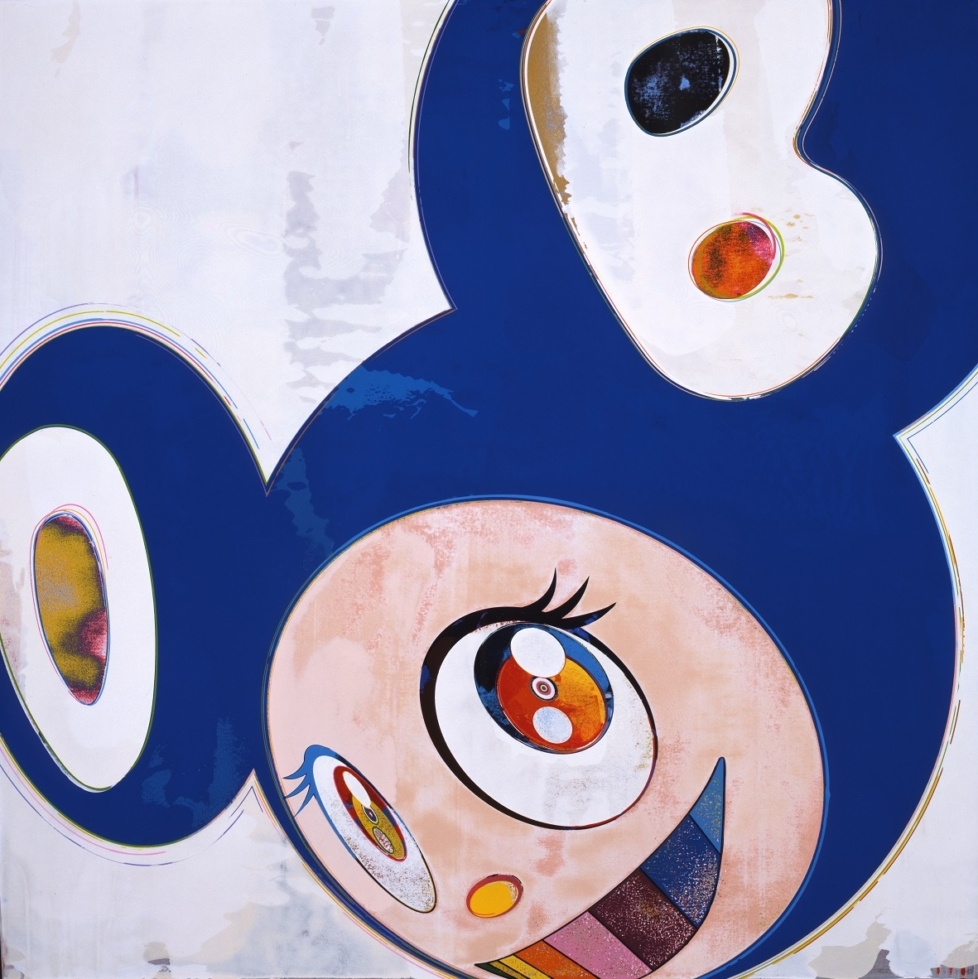



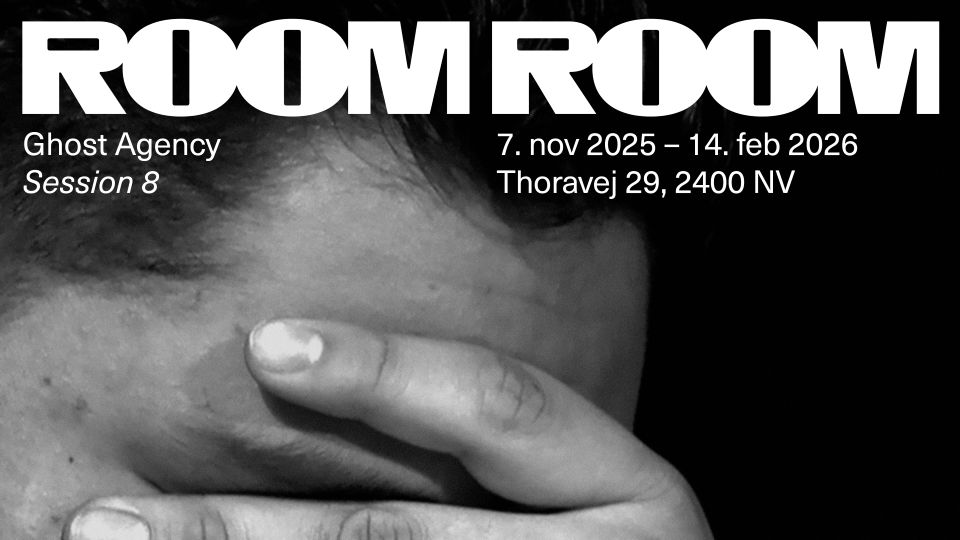


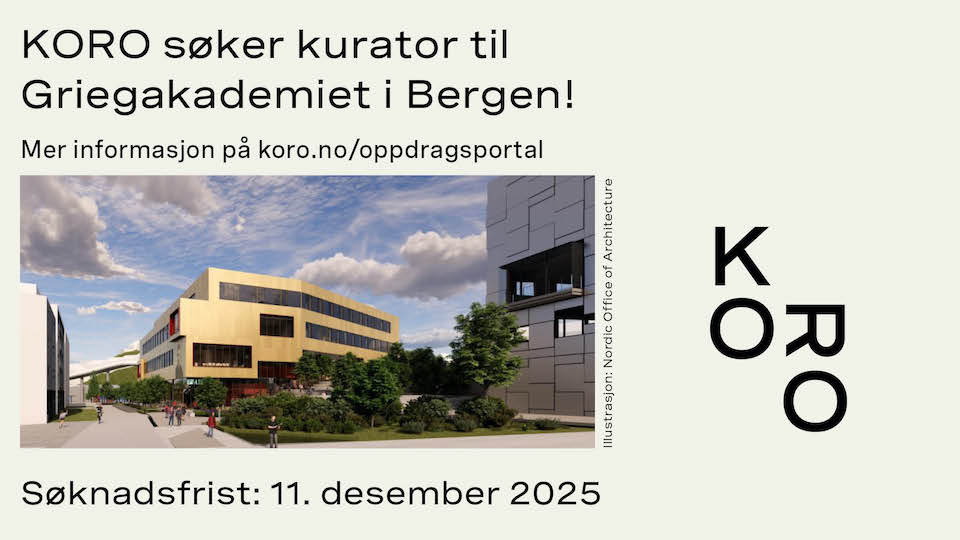

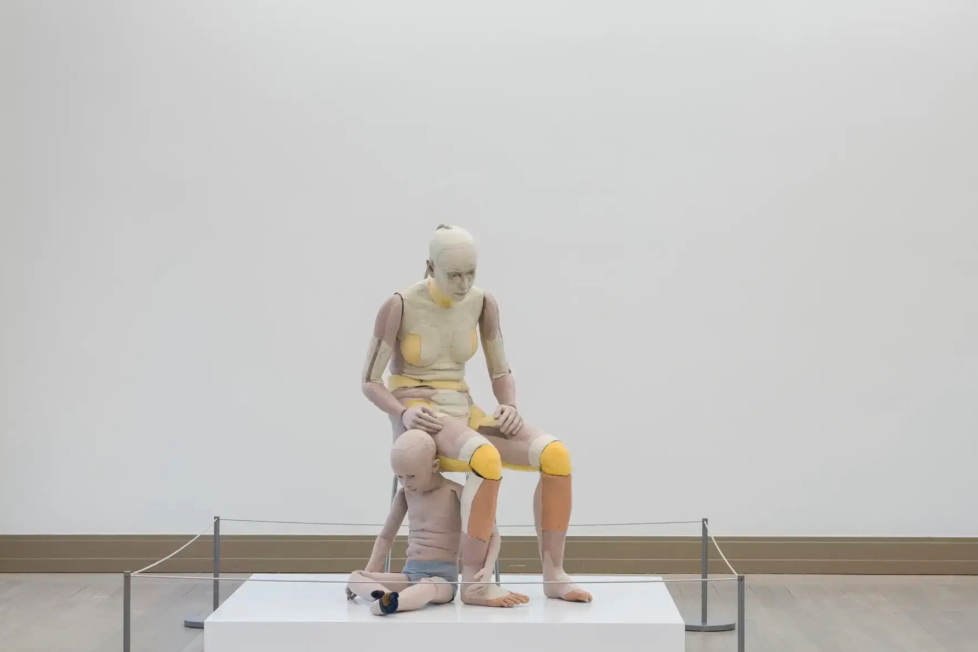

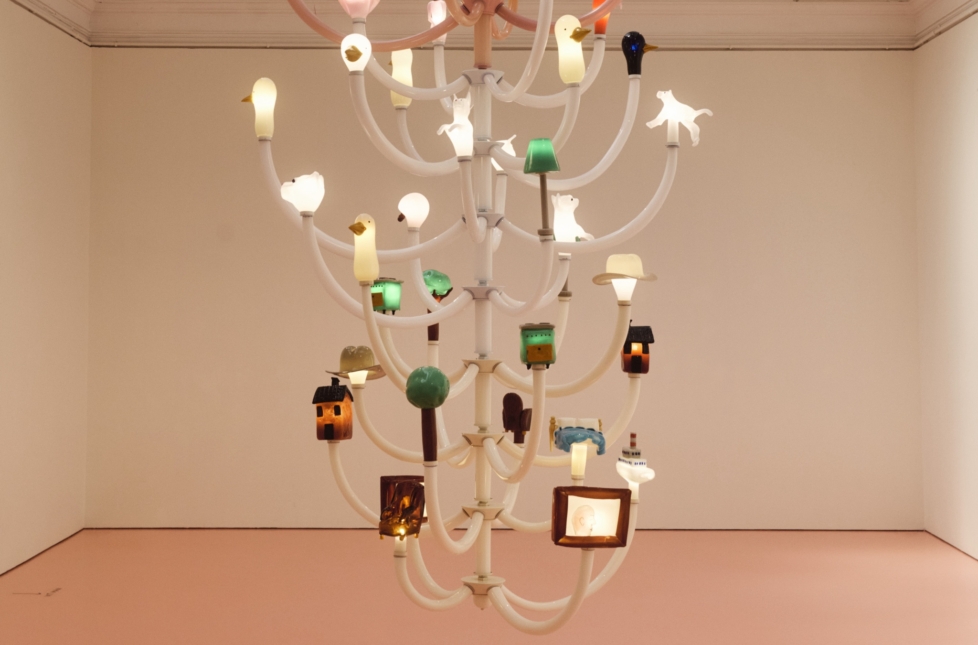
Great interview.